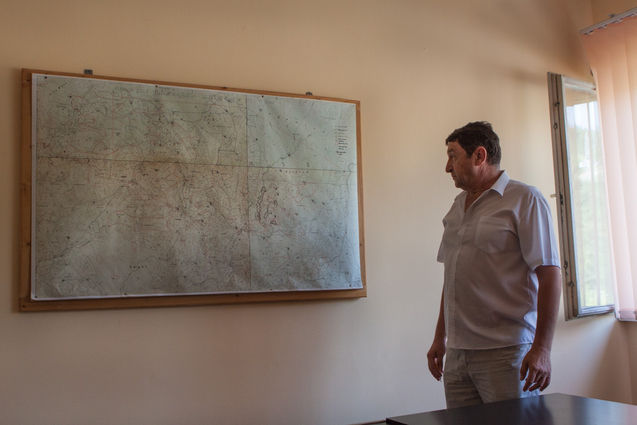Located in the northeastern part of Bosnia and Herzegovina, Tuzla is the "city of salt" (‘tuz' is the Turkish word for salt) and has neolithic origin. Thanks to salt deposits can be considered one of the oldest European settlements.
During the communist period, Tuzla developed into a major industrial and cultural centre in former Yugoslavia.(SOLANA was the only salt industry on the area and covered part of the European salt market). During the Bosnian war, 1992-1995, was the only municipality not governed by nationalist authorities. And, while the rest of the country was divided between ethnic groups, nationalities and minorities, Tuzla stubbornly remained a multiethnic community.
Today the city of Tuzla is collapsing, day after day.
An old town center crushing under the eyes of the citizens. Cracks passing through houses, fractures cutting sidewalks. Where war could not operate, instead destruction is succeeding caused by a specify geological phenomenon: Subsidence. The collapsing phenomenon that affect Tuzla are the consequence of wild brine pumping activities carried out along the last 100 years.
The indiscriminate salt exploitation - started in 1906 and reached his maximum in the year 1982 with more than 2 million m3 pumped brine - has been carried out by means of 150 boreholes at an average depth of 400-500 m. and changing over time the hydrogeological conditions. This meant a serious soil sinking (in the central area of the city has reached 17 meters) and damage to buildings and urban infrastructure.

























